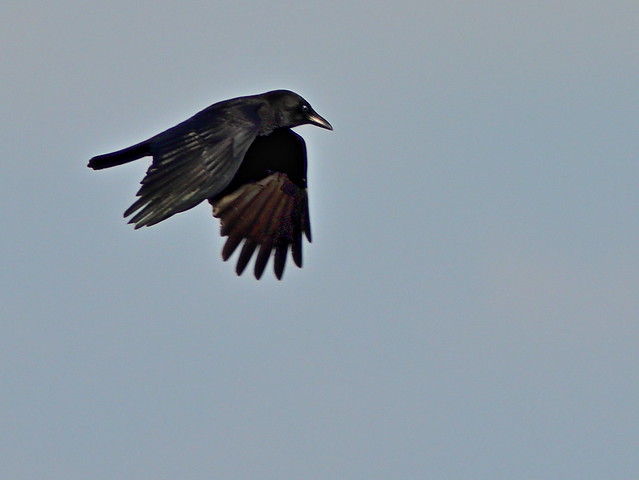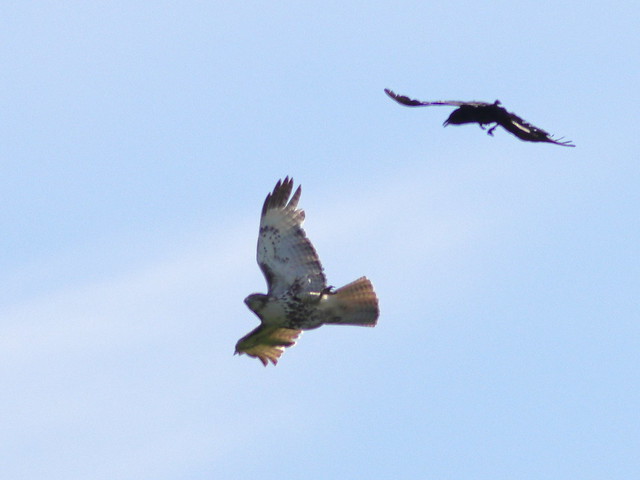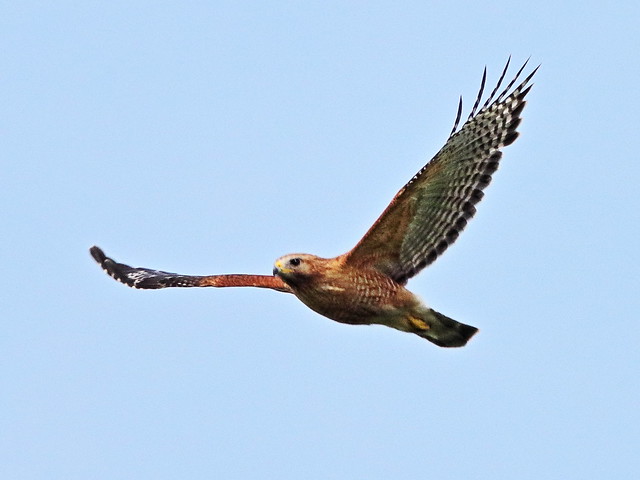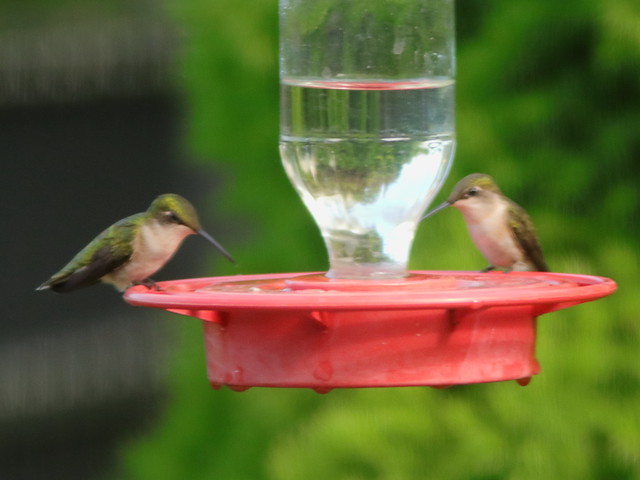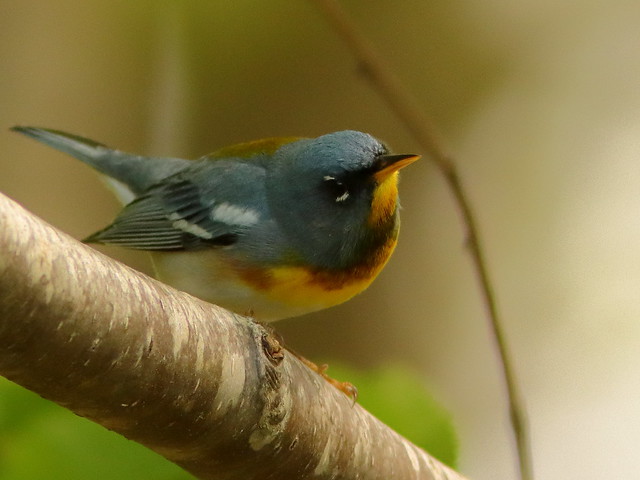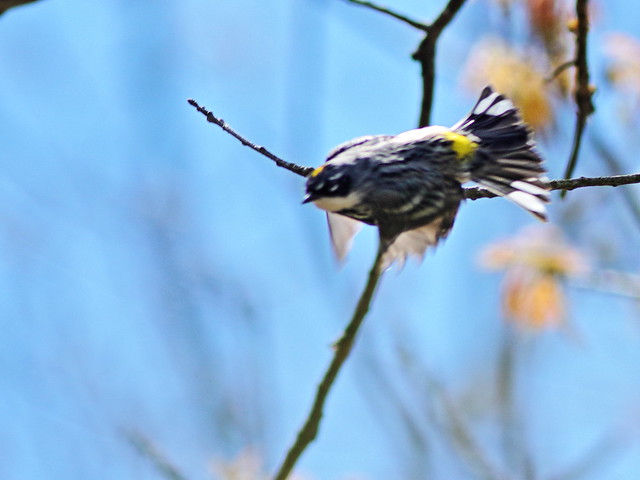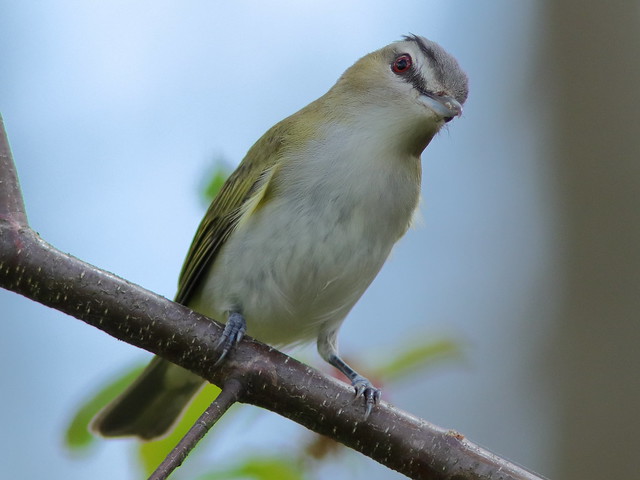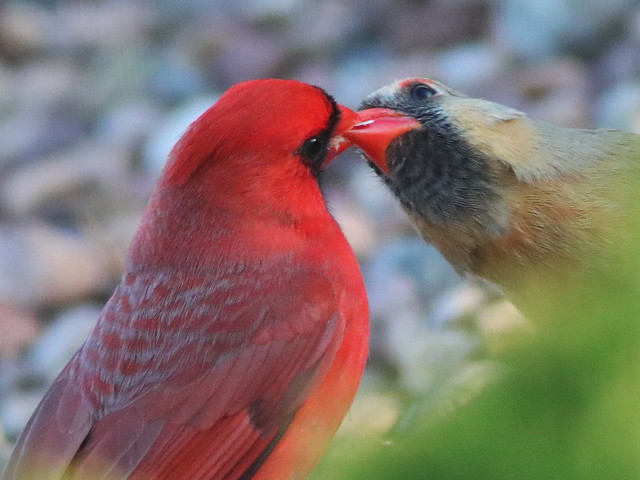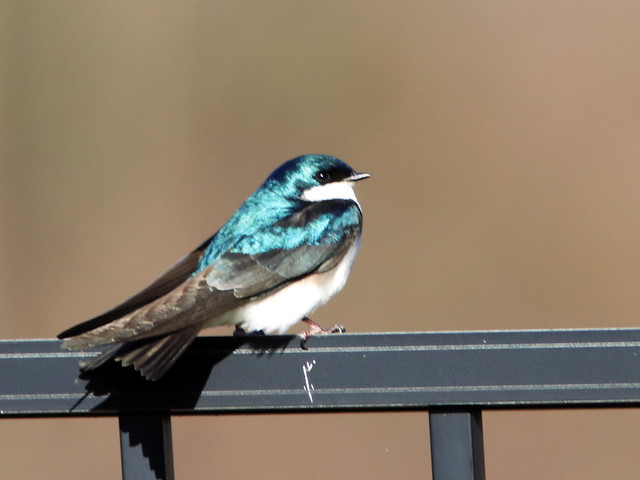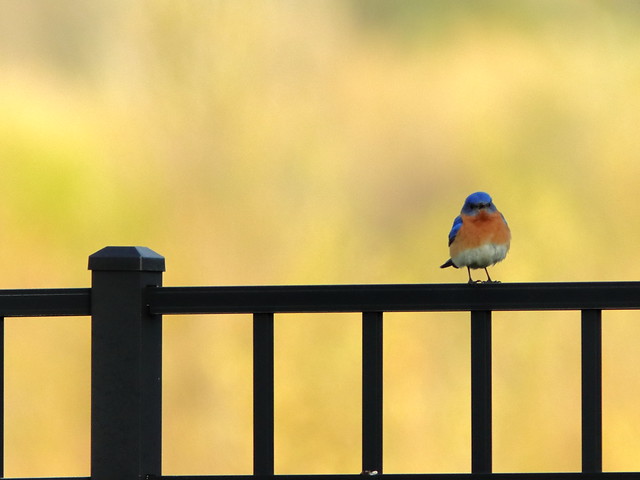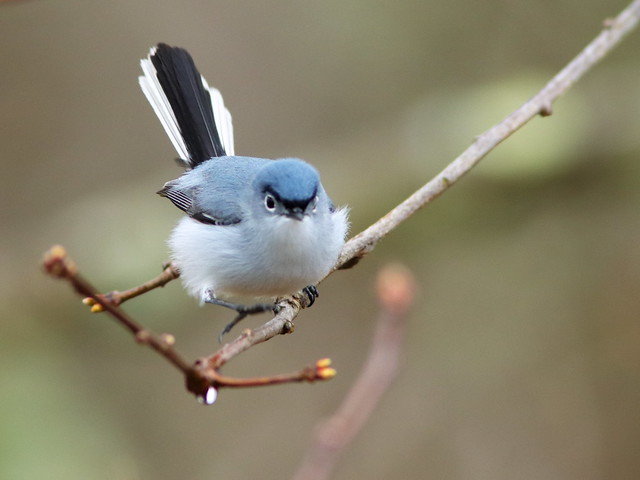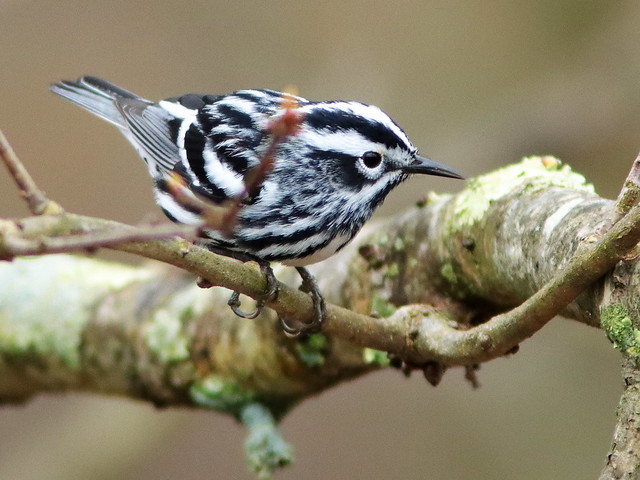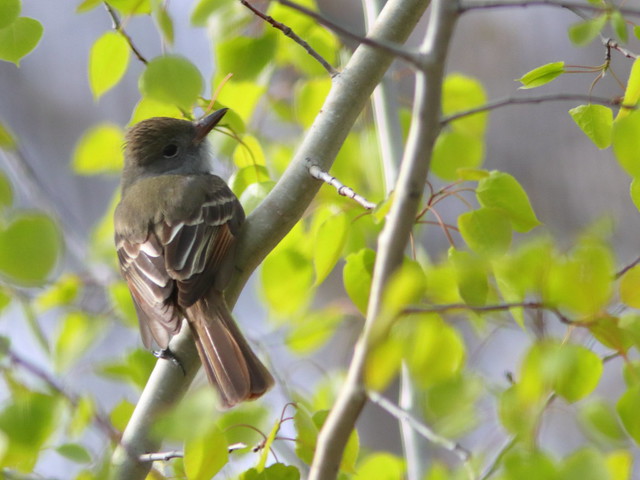Spring migration has been a bust, at least for me. Cold, windy and rainy days have kept me inside and may have encouraged the birds to fly around or ahead of the storms. This week I had to settle for summer resident species, not bad at all.
Indeed, on Monday I was treated to an aerial show over the back yard, as a crow bombarded an immature Red-tailed Hawk.
The hawk was circling lazily until a single American Crow protested the invasion of its air space:
The next day, the local pair of the smaller Red-shouldered Hawks paraded above the lawn...
...followed by their two recently fledged youngsters, which called incessantly:
Ruby-throated Hummingbirds were quickly emptying the feeder. I have seen as many as three drinking the nectar at the same time, all females so far:
Eastern Towhees have returned and will nest in the shrubby edges of the forest:
This male House Finch was in bright breeding plumage:
On May 11, the trees in the woodland surrounding the house were beginning to leaf out:
On May 22, lush foliage encircled the back yard:
Late in the afternoon, rays of the sun pierced the rain clouds:
On our morning walk, we viewed the tranquil surface of Diamond Lake:
= = = = = = = = = = = = = = =
Linking to:
Skywatch Friday
Weekend Reflections
Saturday's Critters
BirdD'Pot
All Seasons
Wordless Wednesday (on Tuesday)
Please visit the links to all these posts to see some excellent photos on display
________________________________________________

